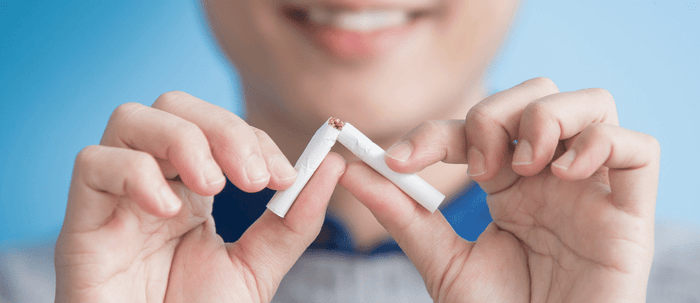What Causes A Toothache?

A toothache, whether sharp or constant pain, can be hard to ignore.
What is a toothache?
A toothache or tooth pain is caused when the nerve at the root of the tooth or around the tooth becomes irritated or inflamed. Tooth infection, decay, injury, or loss of a tooth are the most common causes of dental pain. Pain can also occur after a tooth extraction. Pain sometimes originates from other areas in the mouth and radiates to the jaw, thus appearing to be tooth pain.
Toothache Symptoms
Signs and symptoms that may lead you to seek care when a toothache appears include the following:
- Pain with chewing in your teeth or jaw
- A constant headache
- Your teeth are sensitive to heat or cold.
- Bleeding or discharge from around a tooth or gums
- Swelling around a tooth or swelling of your jaw
- Injury to the area
- Bad breath or a bad taste in your mouth due to infection
- A fever
- Swollen glands
These signs and symptoms may sometimes be associated with dental decay, tooth fracture, and gum disease.
Causes of a toothache
There are several causes of toothache or tooth pain including:
- Tooth decay
- An abscess in the mouth
- A cracked or damaged tooth
- A loose or broke, filling
- An infection around the tooth or in the mouth
- Problems with braces
- Grinding teeth
- An abnormal bite
What is the best way to prevent toothache?
The best possible way to avoid toothache is to keep your teeth and gums healthy and maintain good oral hygiene standards.
To do this:
- Attend dentist appointments regularly
- Avoid sugary food and drinks
- Brush your teeth twice as daily with fluoride toothpaste as recommended by your dentist
- Clean in between your teeth using floss or an interdental brush.
After any type of treatment for tooth pain, be sure to follow your dentist’s recommendations for oral care. Even if your pain is mild, do not hesitate to ask a dentist for advice. Regular dental visits can prevent minor dental pain problems from becoming serious.
Related blogs:



